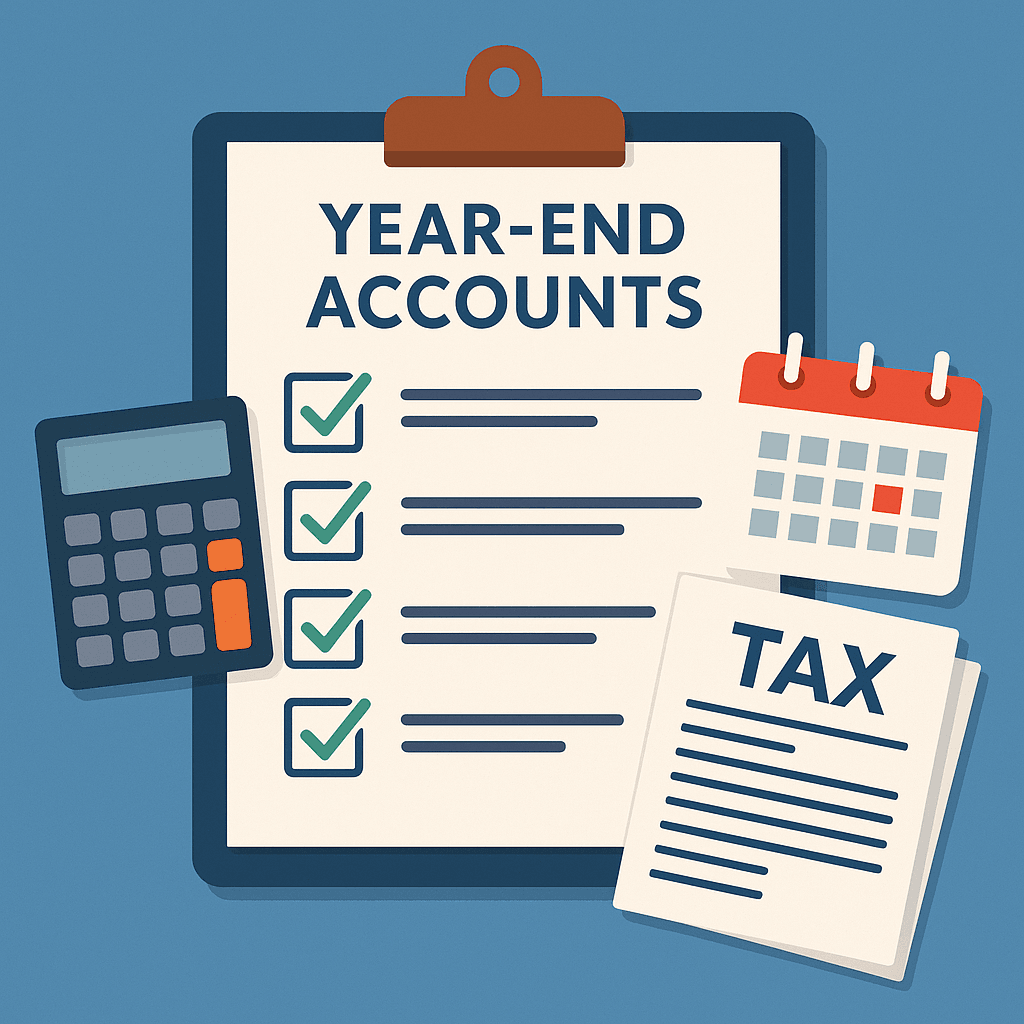Financial forecasting is one of the most powerful tools in a business owner’s toolkit. Done well, it allows you to anticipate challenges, plan for growth, and make informed decisions with confidence. Yet many forecasts fail to live up to their potential because they are either too optimistic, too vague, or based on unreliable data. The key to creating forecasts that actually work lies in striking the right balance between realism and ambition, and grounding your predictions in solid financial information.
Why Financial Forecasts Matter
A financial forecast is essentially a roadmap for your business. It projects future income, expenses, and cash flow, giving you a clear idea of what lies ahead. Lenders and investors rely on forecasts to assess the viability of a business, while owners use them to guide budgeting, hiring, and investment decisions. Without a forecast, it’s easy to drift off course or be caught off guard by unexpected costs.
Step 1: Start with Reliable Historical Data
Your forecast should be anchored in reality, and the best place to start is with your past financial performance. Review income statements, cash flow reports, and balance sheets from the last 12–24 months. Look for patterns in revenue and expenses that can be used to inform your projections.
Step 2: Set Clear Assumptions
Forecasting involves making assumptions—about sales growth, costs, market conditions, and even external factors like inflation or interest rates. Be explicit about these assumptions and keep them realistic. For example, if your sales have grown by 5% annually, don’t suddenly assume 20% growth without evidence to support it.
Step 3: Break It Down
Rather than forecasting at a high level, break down your projections into manageable categories. Forecast revenue by product or service line, and expenses by department or type (e.g., salaries, rent, utilities, marketing). This level of detail makes your forecast more accurate and actionable.
Step 4: Consider Multiple Scenarios
No one can predict the future with certainty, which is why it’s important to create at least three scenarios:
- Best case: optimistic growth and lower costs.
- Worst case: reduced sales and unexpected expenses.
- Most likely: based on realistic assumptions grounded in historical data.
This gives you flexibility and prepares you for a range of outcomes.
Step 5: Use Technology to Your Advantage
Accounting software and forecasting tools can save time and reduce human error. They often integrate with your bookkeeping system, pulling in live data to update forecasts automatically. This ensures your projections remain relevant as your business evolves.
Step 6: Review and Adjust Regularly
A forecast isn’t something you create once and forget. It should be reviewed and updated regularly—monthly or quarterly—to reflect actual performance and changing conditions. This helps keep your business plan dynamic and responsive.
Common Pitfalls to Avoid
- Over-optimism: assuming sales will skyrocket without evidence.
- Ignoring expenses: underestimating costs can throw forecasts off dramatically.
- Failing to update: outdated forecasts are almost as bad as having none at all.
- Lack of detail: broad, vague numbers provide little practical guidance.
Final Thoughts
Creating financial forecasts that actually work is about building a realistic, flexible, and actionable roadmap for your business. By grounding predictions in solid data, setting clear assumptions, and regularly reviewing your numbers, you can turn forecasting into a powerful decision-making tool. Instead of being caught off guard, you’ll be prepared for whatever comes your way—whether that’s growth, challenges, or unexpected opportunities.




